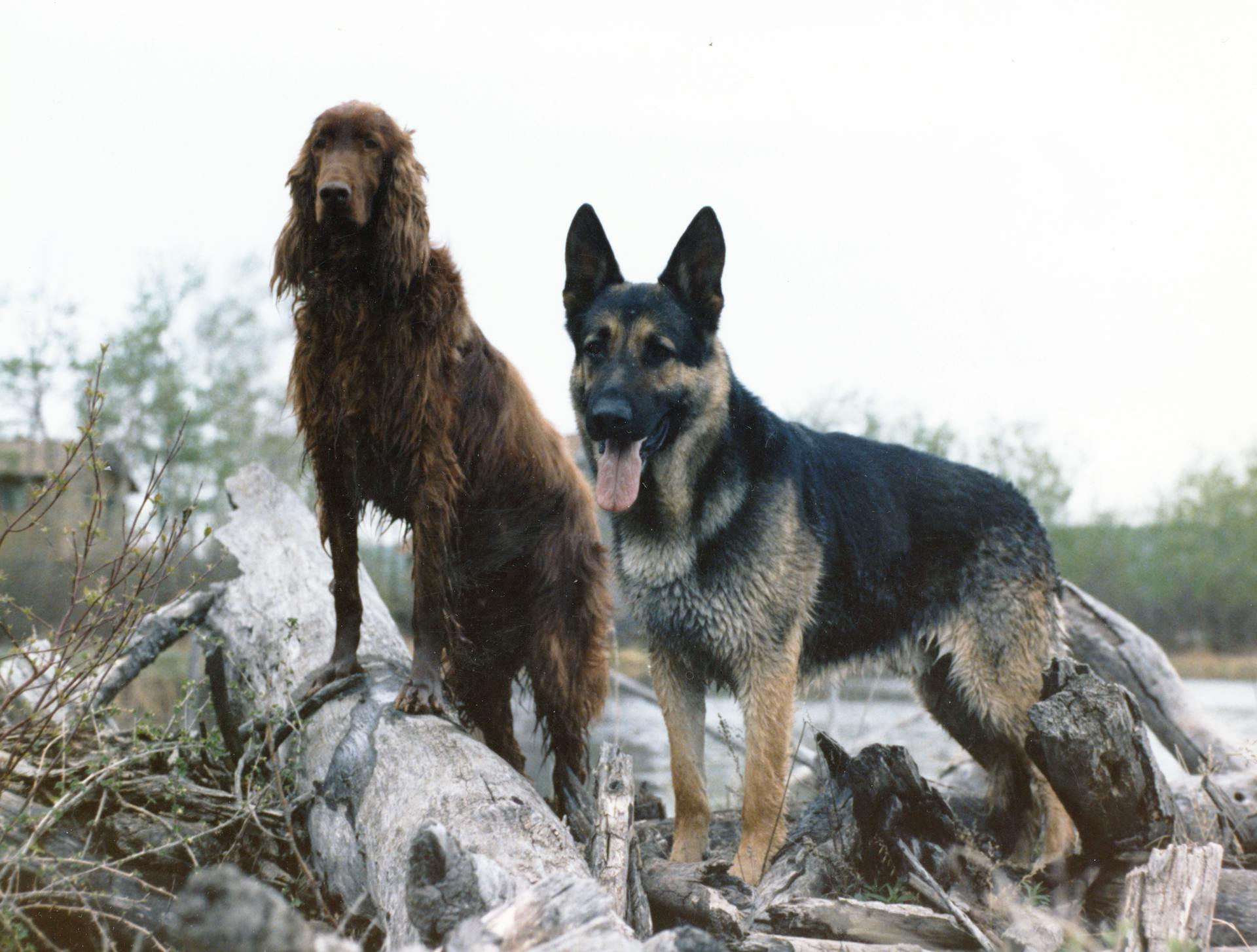
If you've ever caught your furry friend snacking on a lime, you're probably wondering if it's safe. The truth is, citrus fruits like limes can be toxic to dogs.
The acidity in limes can cause digestive issues, including vomiting and diarrhea, in dogs. This is because their stomachs aren't equipped to handle the high levels of citric acid.
Even small amounts of lime juice can cause problems, so it's essential to keep citrus fruits out of reach.
Can Dogs Eat Limes?
Dogs just shouldn't eat limes. There is no nutritional value in lime that they don’t already get from their standard diet.
Limes are bitter and pungent, so dogs likely won't enjoy the taste. They might be in misery if they eat limes.
Eating limes can cause body fluids from both ends, which means you might have to clean up unexpected messes. No one wants that!
Symptoms and Treatment
Dogs are unlikely to eat limes voluntarily, but if they do, it's essential to know the symptoms of lime poisoning. If your dog eats a lime, they may show signs of vomiting, sensitivity to light, diarrhea, poor appetite, low blood pressure, loss of coordination, increased thirst, and jaundiced gums or skin.
If your dog has rubbed up against a lime tree or their skin has come into contact with lime oil, they may also show signs of skin irritation. This can be treated by washing your dog thoroughly with liquid dish soap and water, repeating the process until all citrus oils are gone.
If your dog has ingested a large amount of lime or shows severe symptoms, it's crucial to seek veterinary treatment immediately. Some possible symptoms include liver failure, collapse, tremors, vomiting, and loss of coordination.
Are Toxic?
Limes are toxic to dogs due to the presence of essential oils like limonene and linalool, which can cause vomiting and other symptoms.
These toxic compounds can also be absorbed through a dog's skin, making it essential to keep them away from lime trees or any parts of the plant.
Ingesting a small amount of lime is unlikely to cause serious harm, but large quantities or eating the peel can potentially be serious.

The severity of a dog's symptoms depends on the amount of lime exposure and whether they ate the lime or absorbed the toxic compounds through their skin.
Dogs can experience vomiting, diarrhea, depression, and sensitivity to light after consuming any part of a lime.
The phototoxic compounds in limes, known as psoralens, can cause skin sensitivity to light, leading to sunburn, rashes, and other skin irritations.
Eating a large amount of lime can also be a choking hazard if swallowed without chewing.
The ASPCA considers limes toxic to dogs, cats, and horses, and even a small taste can cause reactions in dogs, depending on their size, the amount eaten, and what part of the lime they ate.
Symptoms of Poisoning
If your dog has ingested a lime, you may notice vomiting, diarrhea, excessive drooling, sensitivity to light, pale gums, lethargy, weakness, tremors, or loss of muscle coordination.
Vomiting is a common symptom of lime poisoning, and if your dog is experiencing it, you should seek veterinary treatment immediately.

Diarrhea and lethargy can also occur, and in severe cases, liver failure and even death can result.
If your dog has rubbed up against a lime tree or come into contact with lime oil, they may show signs of skin irritation, including a skin rash, which can affect their groin area.
Here are some common symptoms of lime poisoning:
- Vomiting
- Diarrhea
- Excessive drooling
- Sensitivity to light
- Pale gums
- Lethargy
- Weakness
- Tremors
- Loss of muscle coordination
- Nausea
- Jaundiced (yellow) gums or skin
Keep in mind that the severity of symptoms depends on the amount of lime exposure and whether the dog ate lime or absorbed psoralen compounds through their skin.
What to Do If Your Dog Eats Something
If your dog eats something, it's essential to remain calm and assess the situation. Keep a close eye on your dog for 24 to 48 hours to monitor their behavior and any potential symptoms.
If you suspect your dog has ingested something toxic, such as the skin or stems of a lime, contact your veterinarian immediately. They will assess the risk based on the amount and type of substance consumed, as well as your dog's breed and health conditions.
Dogs may show signs of gastrointestinal upset, such as vomiting, diarrhea, and excessive drooling, if they ingest a toxic substance. If you notice any of these symptoms, consult a veterinarian as soon as possible.
Here are some common symptoms of lime toxicity to look out for:
- Vomiting
- Diarrhea
- Excessive drooling
- Sensitivity to light
- Pale gums
If your dog has eaten a small amount of lime, you can try to flush it out with plenty of water and withhold food for up to 24 hours. However, if you're unsure about the amount or type of substance consumed, or if your dog shows severe symptoms, it's always best to err on the side of caution and consult a veterinarian.
Other Citrus Fruits and Plants
If you're wondering what other citrus fruits to keep away from your furry friend, the list is a bit longer than you might think. Avocado, for one, is a big no-no.
Grapes and raisins are also toxic to dogs, so it's best to steer clear of those as well. Rhubarb and grapefruit are two more citrus fruits that should be avoided. Unripe tomatoes and all citrus rinds are also off-limits.
Here are some other citrus fruits and plants to watch out for:
- Lemons (similar to limes and containing the same toxic compounds)
- Any fruit pits and seeds (toxic to dogs)
On the other hand, oranges are a safer alternative, and a few bites are completely safe for your dog. Just remember to keep the amounts moderate.
Final Thoughts
Dogs can be curious creatures, and it's not uncommon for them to investigate new sights, smells, and tastes. Limes, in particular, can be a problem for our furry friends.
Even a little taste of a lime can cause a reaction in dogs, and enough exposure can be deadly.
The amount of lime that's toxic to dogs varies, but it's essential to keep them away from the fruit altogether.
Dogs don't tend to gravitate toward limes, but that doesn't mean they can't get into trouble if they do.
If your dog does consume lime, keep an eye out for signs of lime poisoning, which can be a real concern.
Instead of risking your dog's health, try introducing them to sweet fruit alternatives like apples, bananas, or blueberries.
Additional reading: Dogs Eating Fruit
Frequently Asked Questions
How long does lime poisoning last in dogs?
Lime poisoning symptoms in dogs typically last a few hours, but ingestion can have serious consequences
Featured Images: pexels.com


